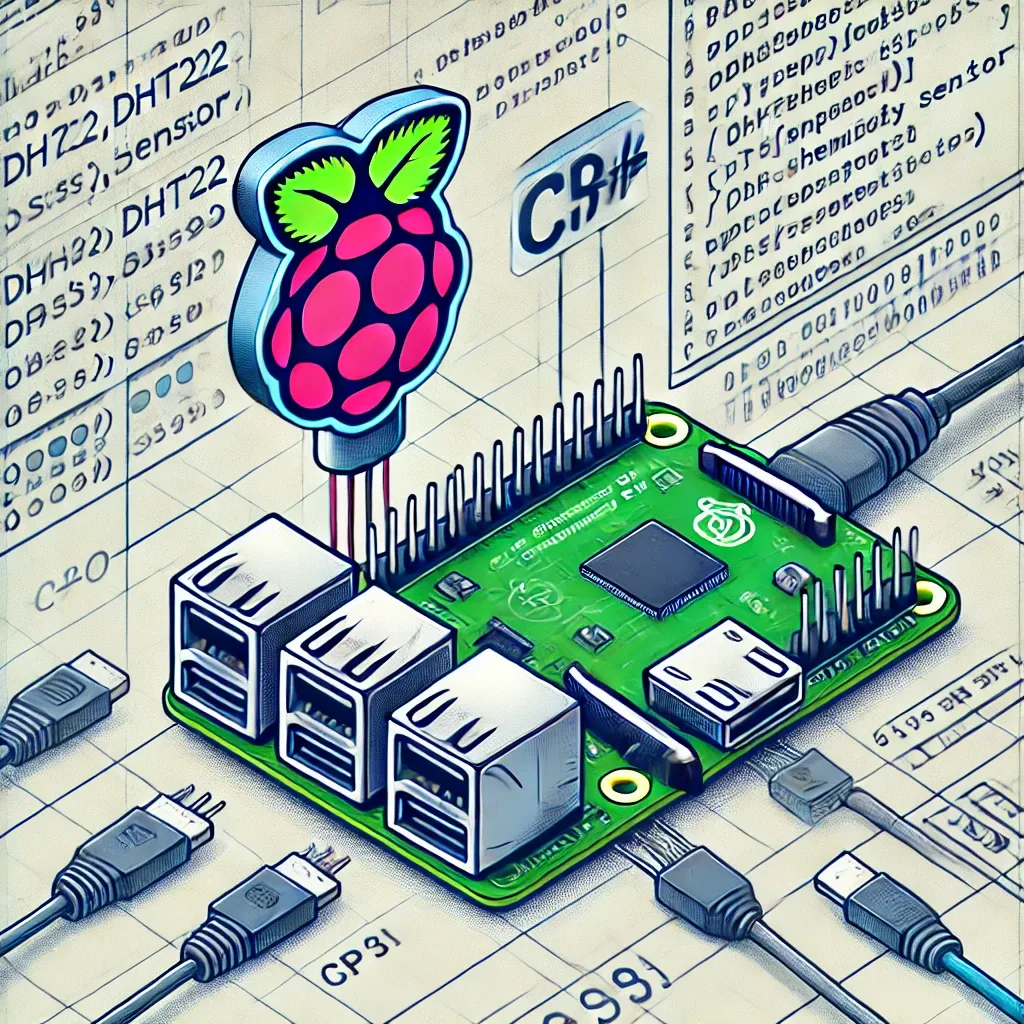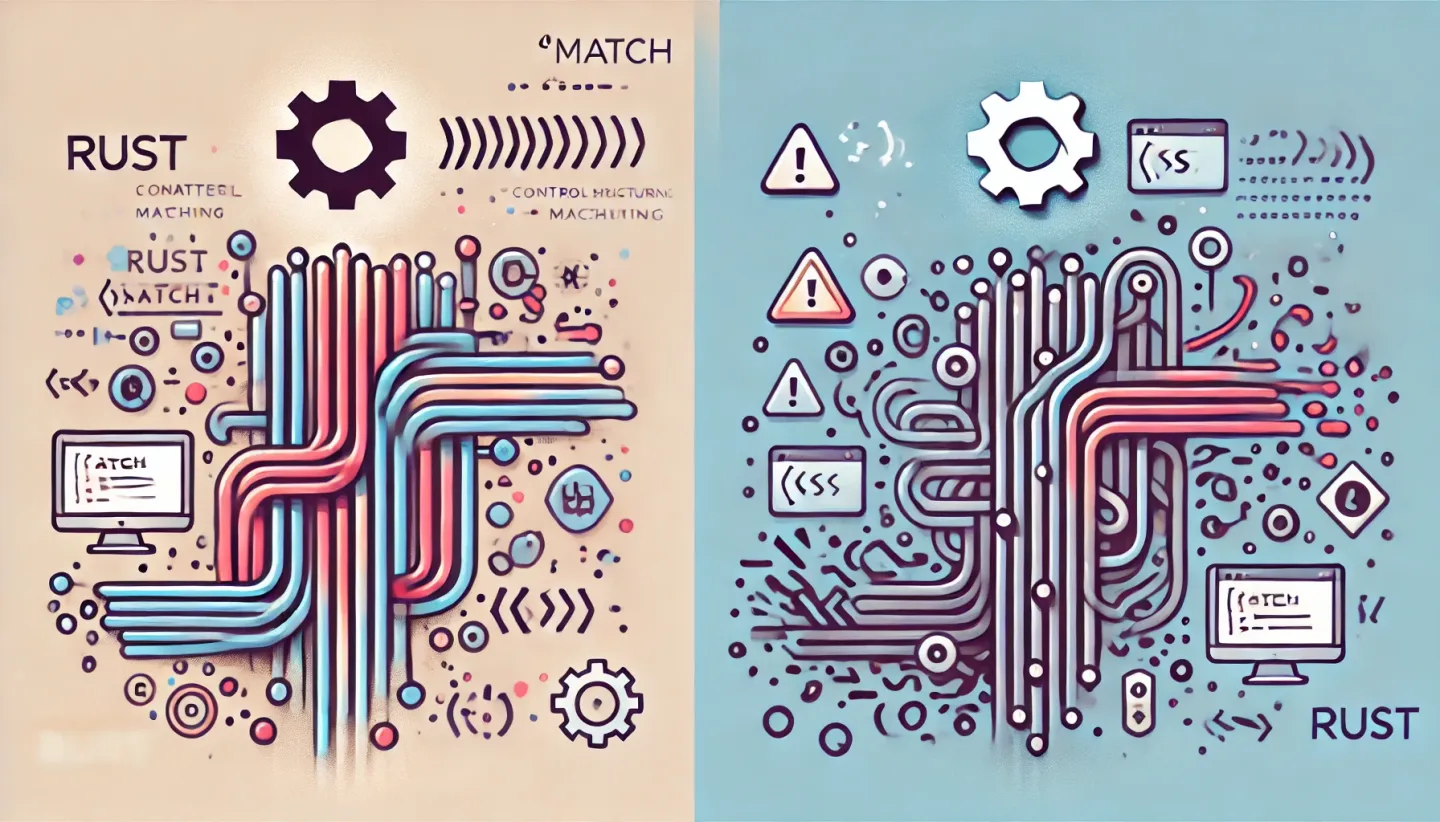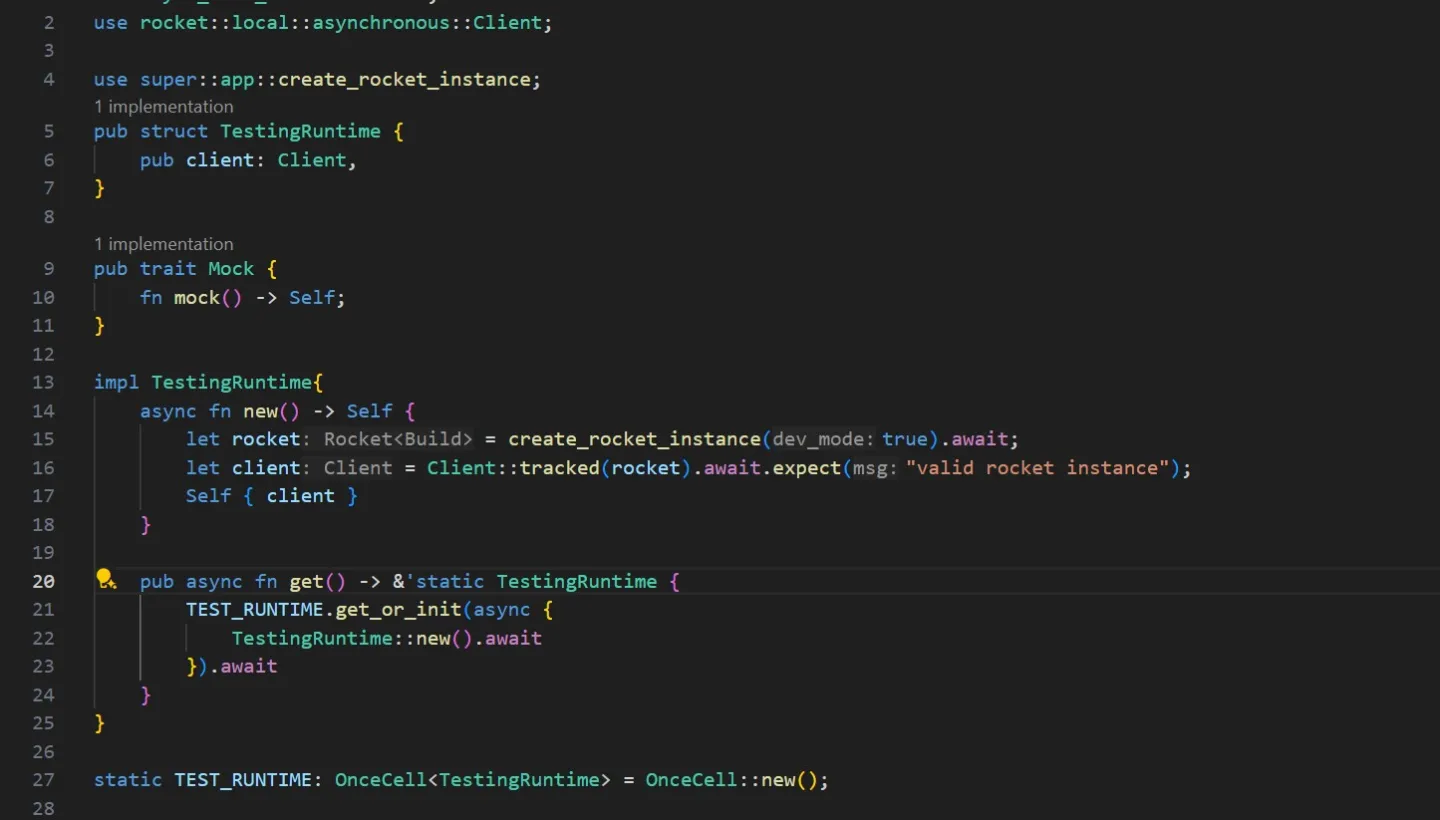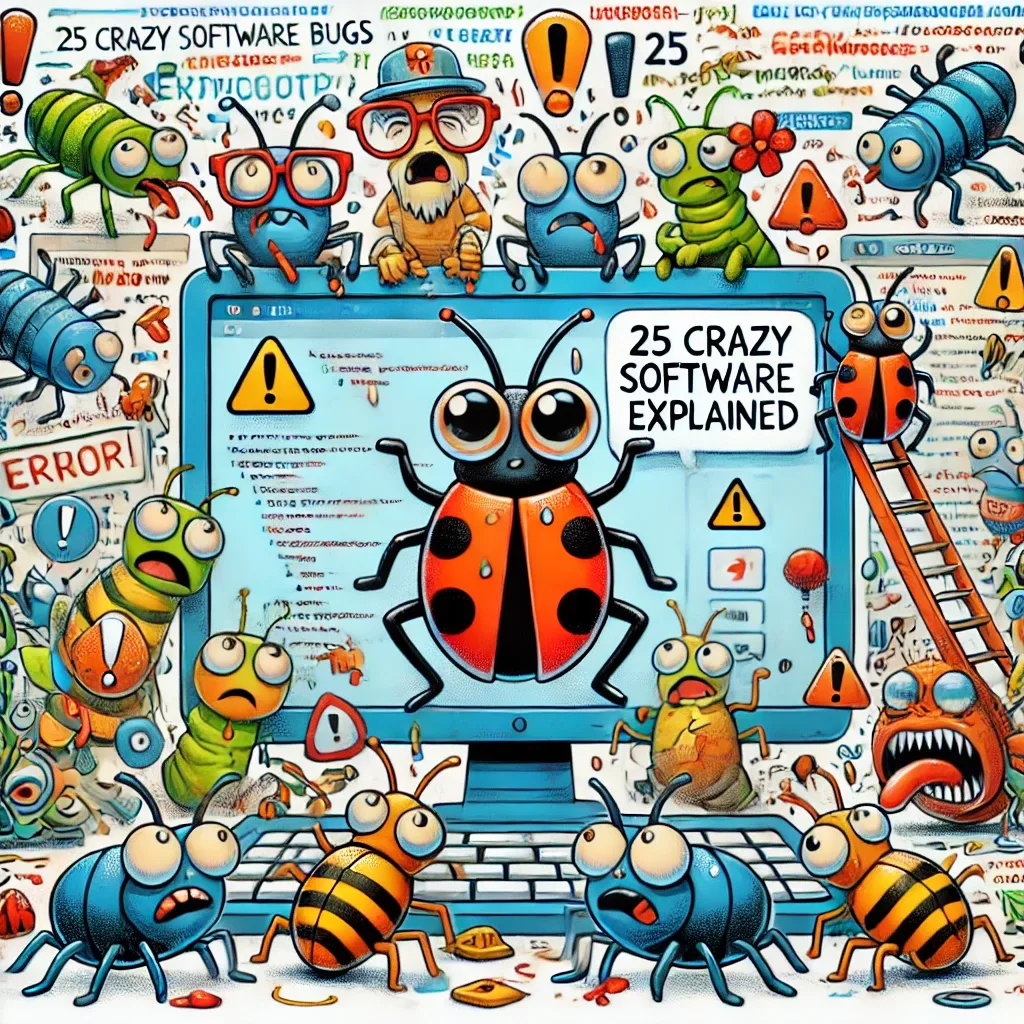Fireship launched this video that talks about some of the most important and biggest bugs and why did they happen. I am a computer engineer and I am amazed because some of these I did not know of had never heard about them.
An interesting list , a video that is worth watching
Welcome to the wild world of software bugs! In this post, we’re diving into some of the most infamous software glitches in history—each with a dramatic backstory that reveals just how much impact a single bug can have. From automotive to aerospace, these bugs show the enormous responsibility that software engineers carry, and the sometimes unexpected ways that code can shape real-world events. Here are some of the biggest examples that have shaken industries. These are only some of the examples.
CrowdStrike BSOD – Imagine being a cybersecurity company aiming to protect systems from attacks, only to have a software update cause a Blue Screen of Death (BSOD) on users' computers. CrowdStrike, a major player in cybersecurity, experienced this exact problem in 2020. A faulty update caused Windows systems to crash, reminding us of the importance of rigorous testing, even for security software.
Toyota Full Send – The "Toyota Unintended Acceleration" problem led to several high-profile incidents where Toyota vehicles reportedly accelerated out of control. A software flaw in the electronic throttle control system was later scrutinized, and some experts argued that the software design left the system vulnerable to faults that could cause such dangerous outcomes. The Toyota case became a lesson in the importance of fail-safes and thorough validation in embedded automotive systems.
737 Max Disaster – One of the most tragic and costly software-related issues in recent history, the Boeing 737 Max's MCAS (Maneuvering Characteristics Augmentation System) was designed to make the plane handle more like its predecessors. Unfortunately, a series of miscalculations and inadequate testing caused the MCAS to misinterpret sensor data and force the aircraft into a nose-down position, leading to two fatal crashes. This disaster highlights the critical need for transparency, testing, and communication in safety-critical software.
Ariane 5 Rocket – The Ariane 5 was Europe’s pride, a rocket meant to carry satellites into orbit. However, in 1996, just seconds after launch, the rocket exploded due to a software bug. The issue was a simple integer overflow—data from a faster rocket stage was misinterpreted by a guidance system programmed for a slower stage. The result? A $370 million rocket lost to an error that could have been caught with more careful cross-stage testing and risk assessment.
These bugs not only underscore the complexity of modern software systems but also serve as reminders of the importance of rigorous testing, code review, and robust engineering processes in every project. So, let’s take a closer look at each one and unpack the lessons they offer.











